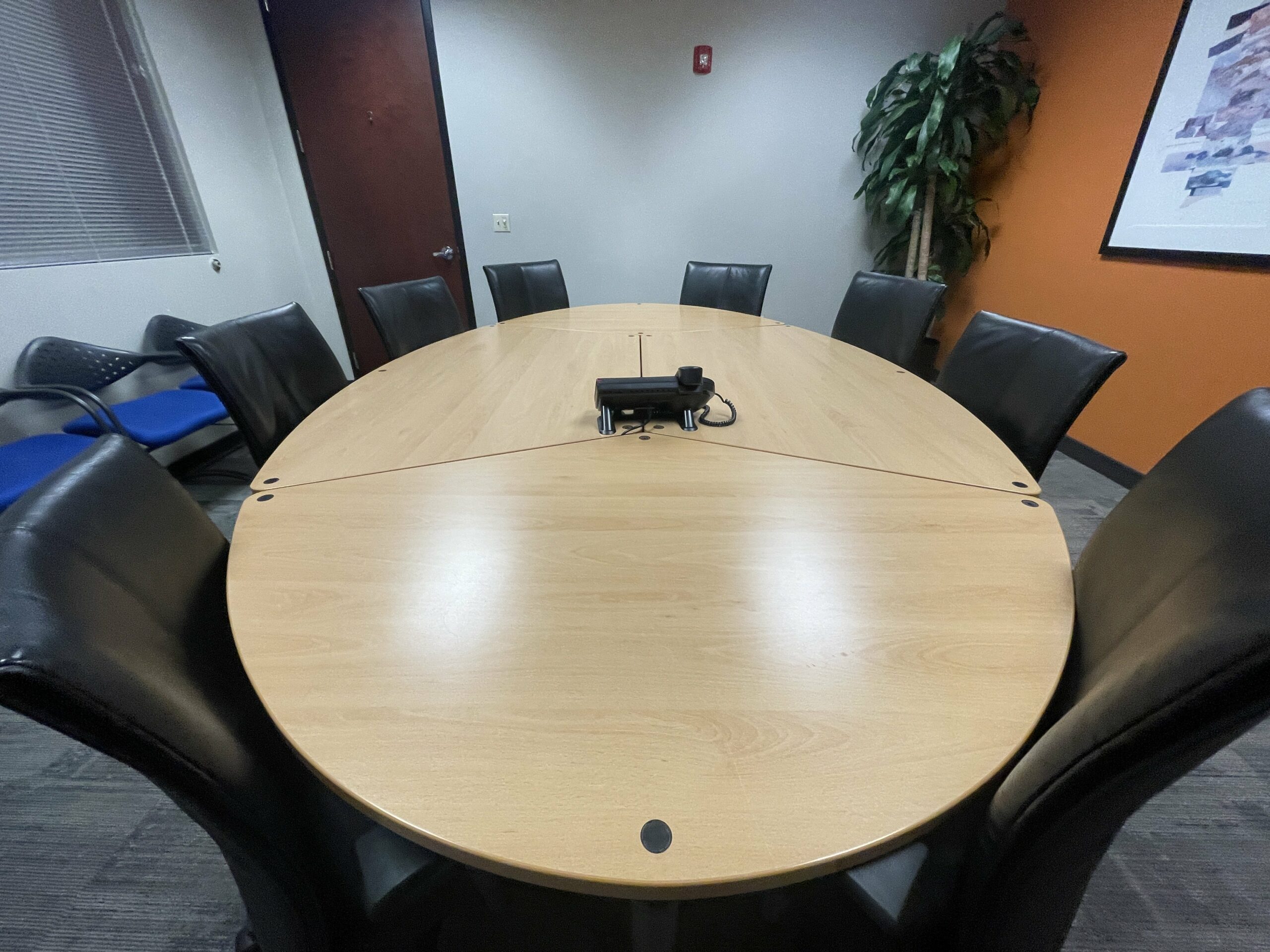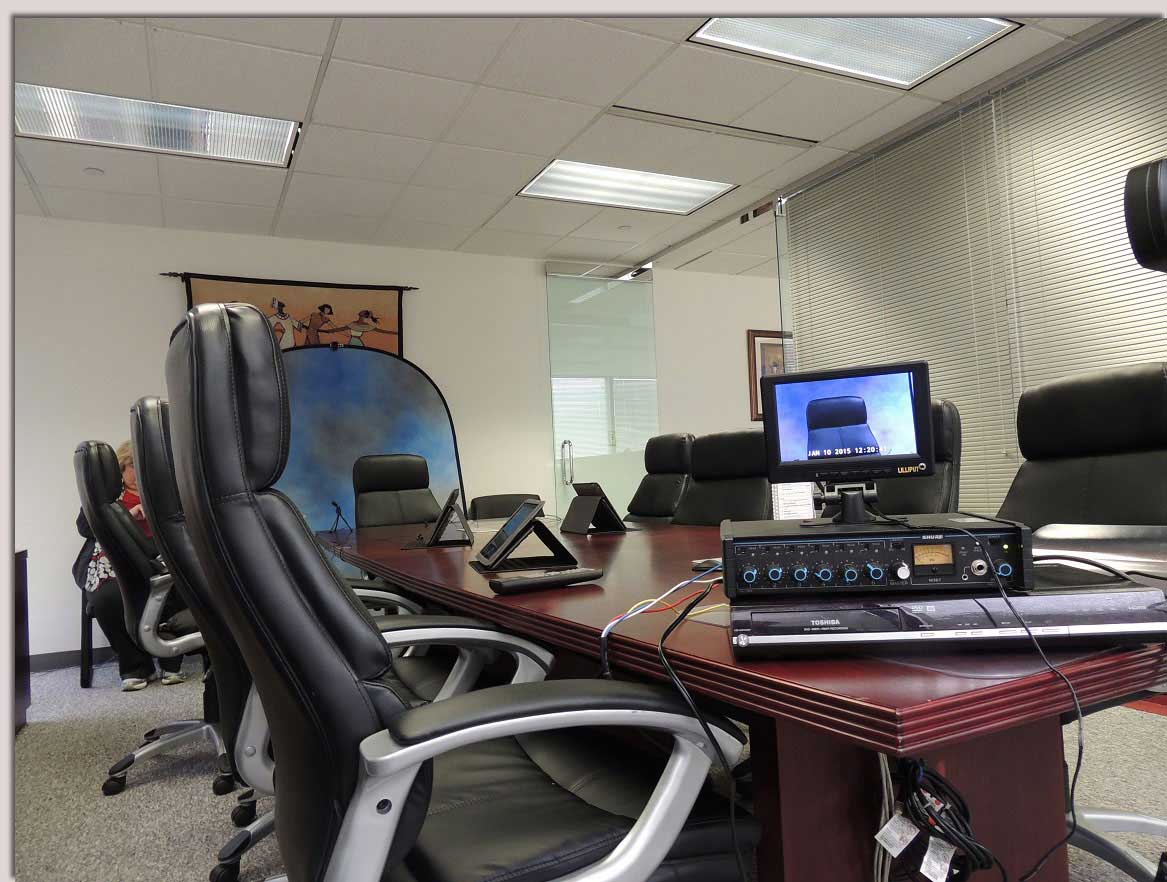Comprehensive Legal Videography for Courtroom Evidence.
Why Lawful Videography Is Important for Accurate Legal Record-Keeping
In the realm of lawful procedures, the accuracy of record-keeping is critical, and lawful videography emerges as an essential tool in this context. By recording the subtleties of verbal and non-verbal communication, it significantly minimizes the potential for false impression that can come with traditional written documents. The preservation of authentic visual evidence not only improves the credibility of statements however additionally contributes to a detailed account of occasions. As we explore the diverse benefits of legal videography, one have to consider its implications for the future of judicial stability and transparency.
Relevance of Visual Evidence
Developing the importance of visual evidence in legal procedures is vital for making sure exact record-keeping and enhancing the general stability of the judicial process. Visual evidence offers as an important tool in documenting events, problems, and other pertinent details that might be essential to an instance. Unlike composed accounts, which are prone to analysis and prejudice, aesthetic recordings supply a goal, unalterable depiction of realities as they took place.
This type of evidence can capture a range of components, consisting of witness actions, ecological context, and physical evidence, all of which may affect judicial end results. By offering a clear and detailed visual story, lawful videography removes uncertainty and helps to preserve the credibility of the evidence.
In addition, aesthetic evidence can be critical in lowering disagreements over factual disparities, as it permits for a straight comparison against statement and other recorded records. In a period where digital modern technology is increasingly widespread, the capability to present aesthetic evidence properly can dramatically improve the overall high quality of legal process. Eventually, the incorporation of aesthetic evidence not just bolsters the documents procedure but additionally strengthens public count on the judicial system by promoting openness and liability.
Enhancing Testimony Reliability
The assimilation of legal videography right into court room procedures significantly improves the credibility of witness statement. By recording the subtleties of verbal and non-verbal interaction, video recordings supply an even more extensive representation of a witness's disposition, emotions, and dependability. This aesthetic documentation enables jurors to observe the witness's body movement, faces, and general manner, which are vital parts that can influence their assumption of statement reputation.

In addition, the visibility of video clip footage can discourage witnesses from offering deceptive or exaggerated statements, as they are mindful that their testament is being taped. This responsibility reinforces the honesty of the judicial procedure. Ultimately, lawful videography acts as a crucial tool in ensuring that witness testimony is not just accurately shown however also watched with heightened trustworthiness by all parties entailed.
Comprehensive Record Conservation
Comprehensive record conservation is crucial for preserving the honesty of legal process. Legal videography works as a critical tool in this procedure, offering an exact visual and acoustic account of testaments, depositions, and other pivotal moments in an instance. Unlike conventional written records, video recordings record the nuances of body language, tone, and feeling, which are vital for recognizing the context and intent behind declarations made throughout lawful procedures.
Including audiovisual aspects into record-keeping boosts the preservation of evidence, making certain that it remains intact and obtainable throughout the lawful process. This is especially essential in situations where the integrity of witness statements may be tested, as aesthetic recordings can confirm insurance claims and provide quality. Additionally, video records can be very useful throughout appeals or retrials, providing an unchanged depiction of the initial testament.

Furthermore, the ability to examine video clip proof pop over to this site permits attorneys to determine critical details that may have been overlooked in written records. By maintaining a thorough archive of legal proceedings via videography, law practice can promote the greatest criteria of precision and responsibility, eventually contributing to a fairer judicial process.
Improving Legal Process
Improving legal proceedings is important for enhancing efficiency and decreasing delays within the judicial system. Lawful videography acts as a critical tool in attaining this objective by giving clear and precise visual documentation of court hearings, depositions, and testaments - legal videography. This technology enables real-time recording, making certain that all verbal and non-verbal cues are recorded, which can assist in quicker resolution of disputes
The assimilation of videography into legal procedures reduces reliance on standard methods, such as lengthy records, which can be lengthy to generate and assess. By having access to tape-recorded footage, lawyers can swiftly reference vital moments, boosting their capacity to prepare and existing instances properly. This immediacy likewise assists in the clearing up of testimonies, minimizing the potential for misinterpretation.

Admissibility in Court
Precise paperwork is vital not only for efficiency yet likewise for making sure that evidence is permissible in court. Legal videography functions as a critical device in this process, providing a dependable aesthetic document of testimonies, declarations, and events. Courts typically require proof to meet particular criteria of admissibility, consisting of relevance, credibility, and reliability. Top quality video clip recordings can accomplish these requirements by capturing clear audio and aesthetic details that written records may forget.
To be regarded acceptable, legal videography must adhere to established methods, such as proper devices use, appropriate illumination, and clear audio capture. In addition, it is important to have actually qualified videographers who comprehend the lawful demands bordering evidence collection. legal videography. The chain of custody should additionally be kept to stop any kind of claims of tampering or modification
In addition, legal videography can improve the persuasiveness of proof by giving jurors with a direct view of the statement, permitting an extra engaged understanding of the case. In summary, the assimilation of lawful videography right into record-keeping not just sustains efficiency however additionally reinforces the stability and admissibility of evidence in court procedures.
Final Thought
In verdict, lawful videography plays a critical function in making certain exact legal record-keeping by providing objective visual documentation. This technique improves the reliability i thought about this of testimonies, preserves extensive records, and improves lawful procedures. Furthermore, the admissibility of premium video evidence you could try here in court further underscores its significance. Ultimately, the unification of lawful videography into the judicial process promotes openness and strengthens public rely on the stability of the legal system.